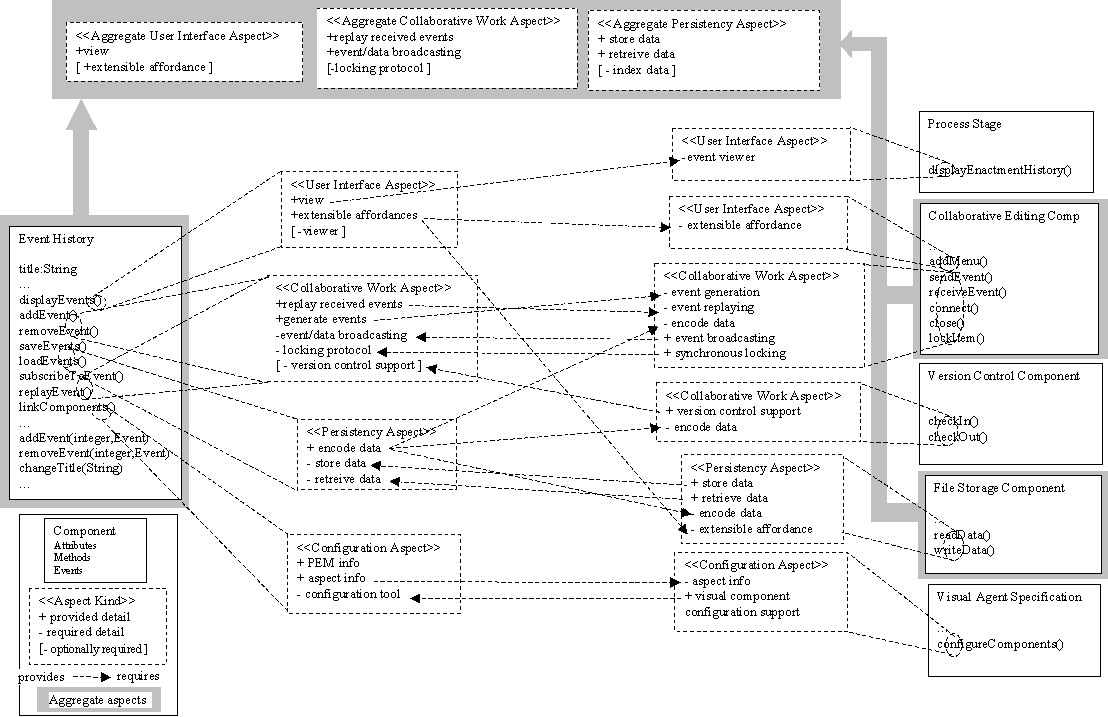
Figure 1. Requirements-level component aspect specfications (from [1]).
We have applied AOCE at the component requirements and specification, design, implementation and run-time deployment levels. The following sections briefly describe and illustrate AOCE in use for these phases of the software component development lifecycle. Further uses of AOCE may include testing components by generating test plans and oracles from aspects, further dynamic configuration support, semi-automated translation between aspect ontologies, and use of AOCE techniques with various 3rd party component development methods and implementation technologies.

Figure 1. Requirements-level component aspect specfications (from [1]).
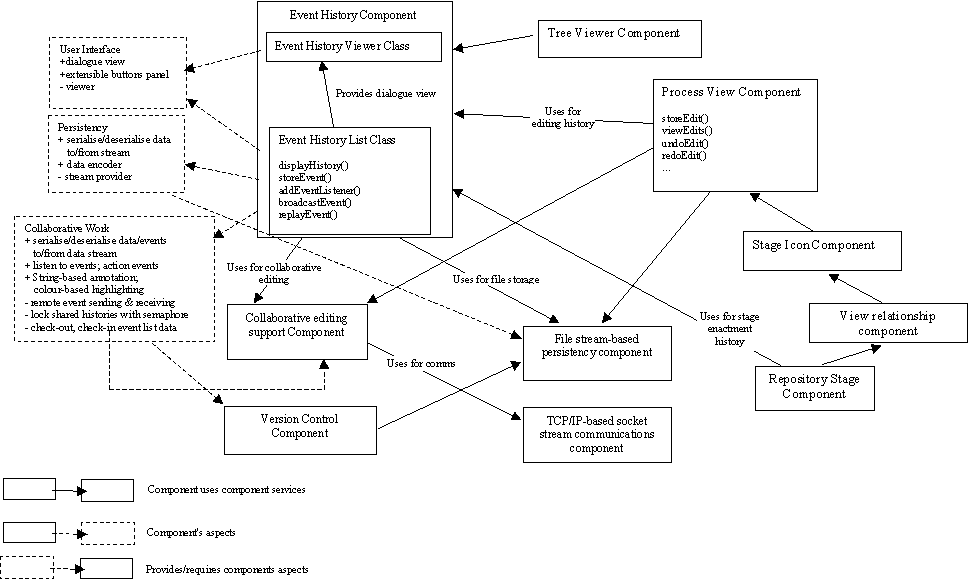
Figure 2. Design-level components and aspects in JViews (from [1]).
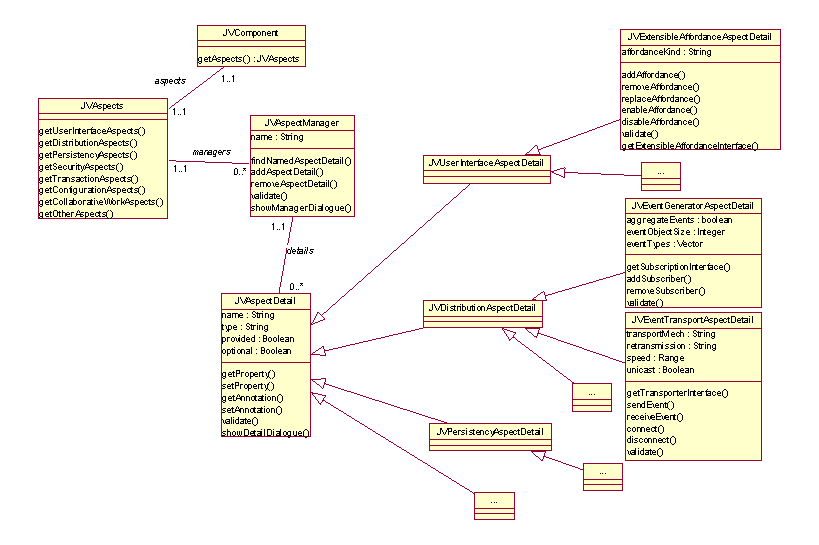
Figure 3. JViews framework classes for aspect codification (from [1]).

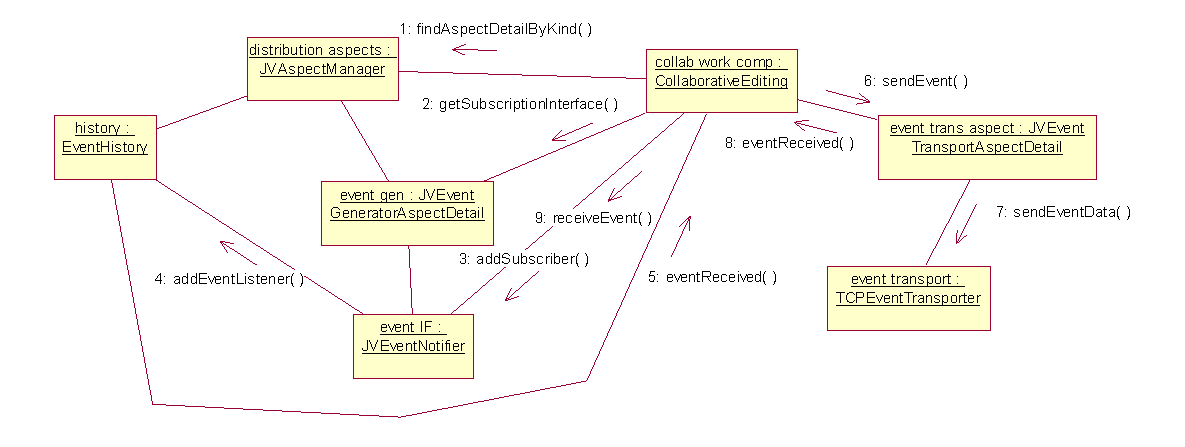
Figure 4. Examples of run-time use of aspects.
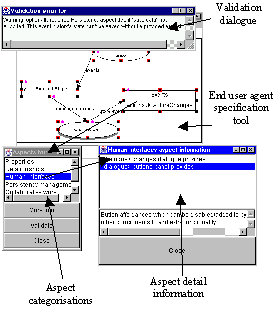
Figure 5. Human-readable aspect detail information.
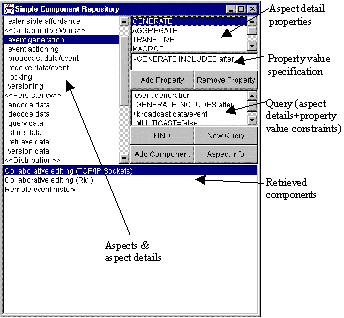
Figure 6. Searching an aspect-based component repository.
[2] Grundy, J.C. An implementation architecture for aspect-oriented component engineering, In Proceedings of the 5th International Conference on Parallel and Distributed Processing Techniques and Applications: Special Session on Aspect-oriented Programming, Las Vagas, June 26-29 2000, CSREA Press.Postscript
[3] Grundy, J.C. and Hosking, J.G. Developing Adaptable User Interfaces for Component-based Systems, In Proceedings of the 1st Australasian User Interface Conference, Canberra, Australia Jan 30-Feb 2 2000, IEEE CS Press, pp. 17-25. Postscript
[4] Grundy, J.C. Storage and retrieval of Software Components using Aspects, In Proceedings of the 2000 Australasian Computer Science Conference, Canberra, Australia, Jan 30-Feb 3 2000, IEEE CS Press, pp 95-103.Postscript
[5] Grundy, J.C. and Hosking, J.G. Human-Computer Interaction Issues for the Configuration of Component-based Software Systems, In Proceedings of 1999 Australian Human-Computer Interaction Conference, Wagga Wagga, Australia,Charles Sturt University Press, Nov 28-30 1999, pp. 37-43. Postscript
[6] Grundy, J.C. Supporting aspect-oriented component-based systems engineering, In Proceedings of the 11th International Conference on Software Engineering and Knowledge Engineering, Kaiserslautern, Germany, 16-19 June 1999, KSI Press, pp. 388-395. Postscript
[7] Grundy, J.C. Aspect-oriented Requirements Engineering for Component-based Software Systems, In Proceedings of the 1999 IEEE Symposium on Requirements Engineering, Limmerick, Ireland, 7-11 June, 1999, IEEE CS Press, pp. 84-91. Postscript
[8] Grundy, J.C., Mugridge, W.B., Hosking, J.G., and Apperley, M.D.,
Tool integration, collaborative work and user interaction issues in component-based
software architectures, In Proceedings of TOOLS Pacific '98, Melbourne,
Australia, 24-26 November, IEEE CS Press. Postscript
Back to John Grundy's Home Page...
Dr John Grundy Department of Computer Science University of Auckland Private Bag 92019 Auckland New Zealand Phone: +64-9-3737-599 ext 8761 FAX: +64-9-3737-453 WWW: http://www.cs.auckland.ac.nz/~john-g